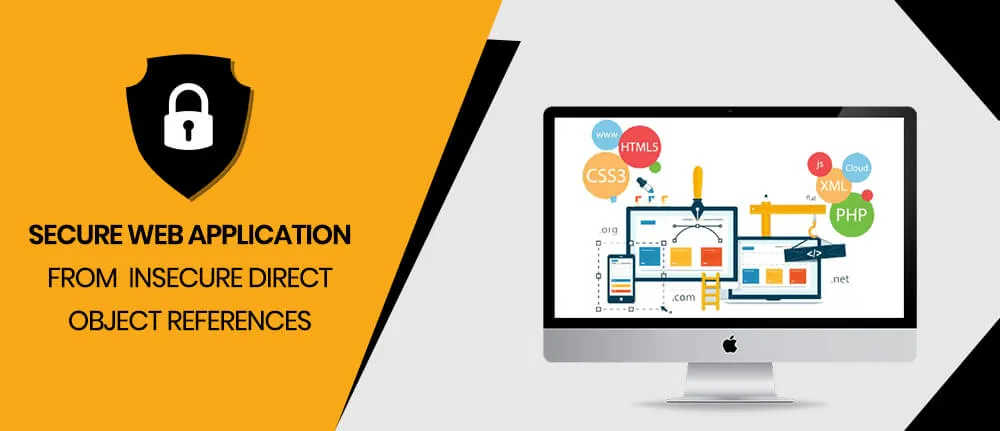How to Do Forecasting in Power BI (Steps & Accuracy Metrics)
Remember our last guide - Power BI forecasting? It revealed things that truly blocks accuracy, both structural and situational. Now it's time to take the next step. Knowing Power...
Listening is fun too.
Straighten your back and cherish with coffee - PLAY !

‘Insecure direct object references’ is ranked 4th on the list OWASP top 10 vulnerabilities 2013. Now days, it has become a serious concern for software development companies to maintain the privacy of all the users. This vulnerability breaches the authorization gates and allow an attacker to thieve unauthorized data from web application. Let’s have detailed understanding of this vulnerability .
According to OWASP definition insecure direct object references occur when web application gives direct access to those objects which are based on user-supplied input. As a result, an attacker can bypass the authorization gates and gain the access of resources of the system directly, like database files and records.
This vulnerability allows the attacker to bypass authorization steps of an application and have the access of all the resources directly by modifying the values of parameter which is used to point an object. These kinds of resources can be files of system, entries belonging to other users, etc. This happens because the application takes user supplied input and retrieve an object without checking sufficient authorization.
Does the application verify the exact user and the resources he is given access to? (For all direct references to restricted resources)
Suppose the reference is an indirect reference, you need to verify if the mapping to the direct references fail to restrict the values for authorized current user.
Code review of any application by custom web application companies can identify whether we can apply either approach safely or not. In most of the cases manual testing is proved to be effective to identify direct object references and check whether they are safe or not. Automated tools generally cannot look for such flaws as they cannot distinguish protection what is safe and what is not.
Let’s have a demo website where an object id is 3 which can be seen like this.
Here is the object (A user profile)
Now if we just change id from id=3 to id=1 in URL, we can see that we are directly given access to that object on id=1.
Severity:Medium
To prevent this vulnerability from your web application, web application software companies suggests to create a map with in your code that maps objects. These objects could be referenced internally to aliased terms which are exposed to the user. For example, an array of primary keys to a particular table might be mapped with random sequence of integers. When the value is submitted by user, the number is matched to a real value. This prevents disclosure of the actual value and also limits what a user can alter.
For example,
default --> index.html
account_summary --> account_summary.html
user_profile --> user_profile.html
Values supplied by the user should be vetted through an access control function to verify that he is authorized for that data.

Remember our last guide - Power BI forecasting? It revealed things that truly blocks accuracy, both structural and situational. Now it's time to take the next step. Knowing Power...

Security has always been a major concern. Your company spends millions on cybersecurity tools, and guess what? You’re still vulnerable. When you're working in the cloud, especially...

Automation isn’t just a trend anymore. It’s a must-have for any business relying on the Cloud. As the firm grows, cloud infrastructure gets more complex. So, choosing the right Infrastructure...